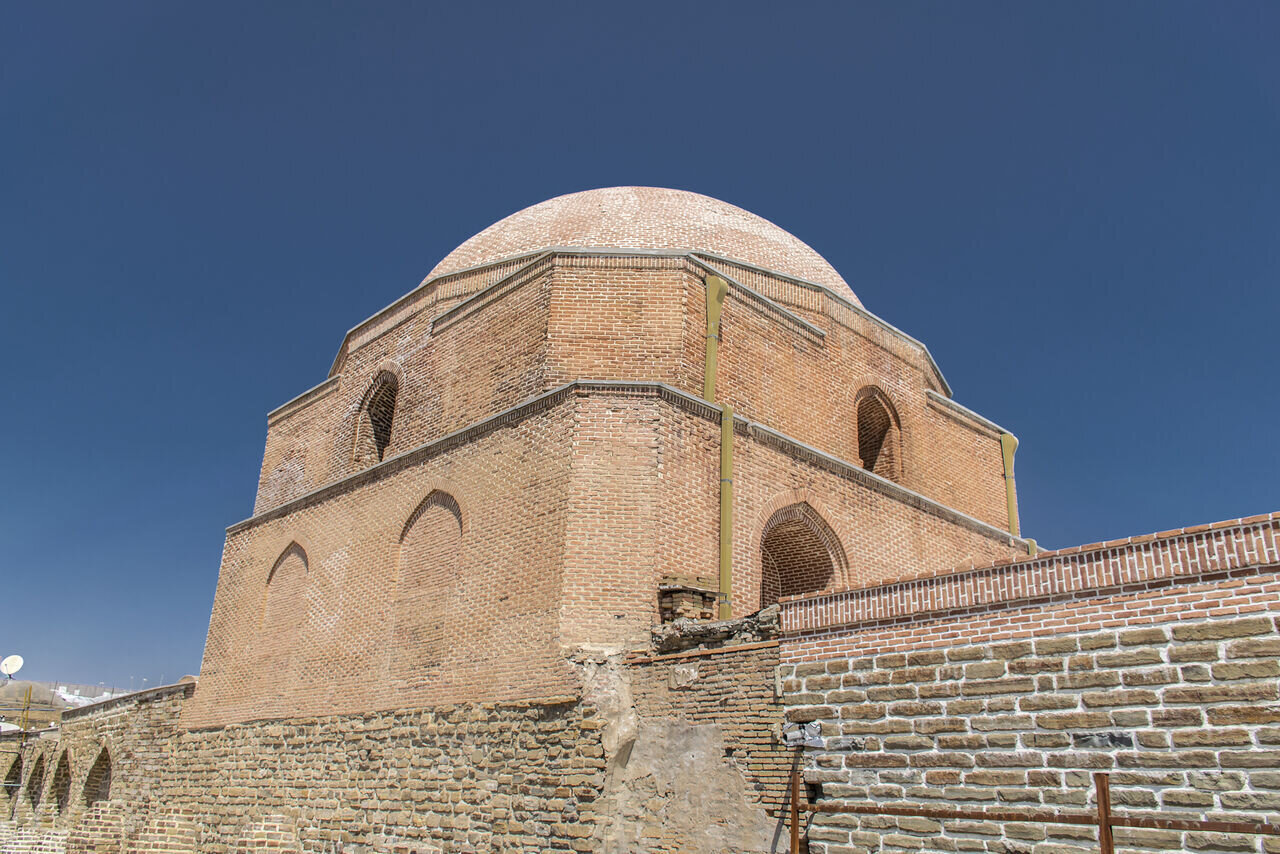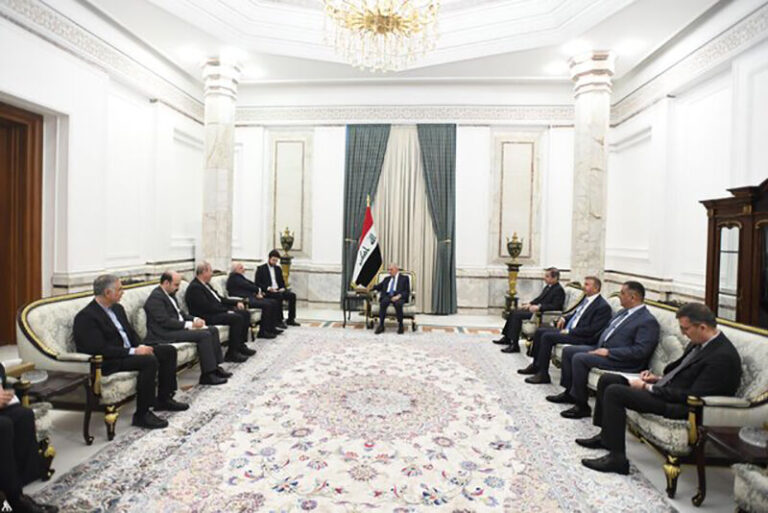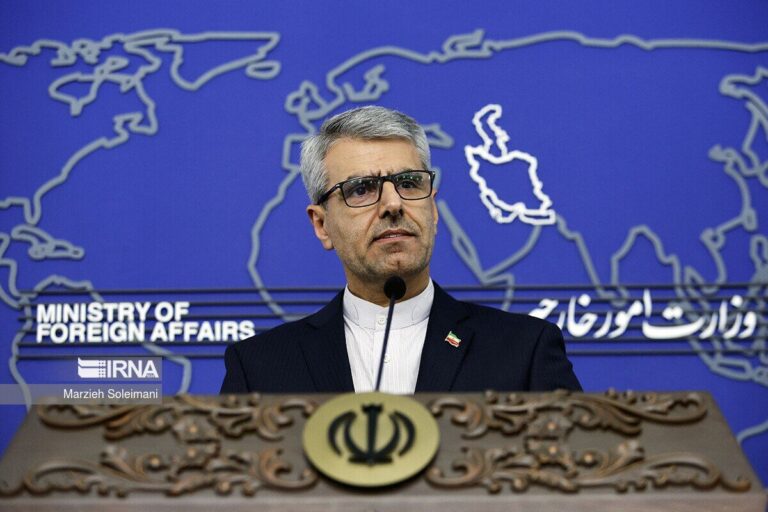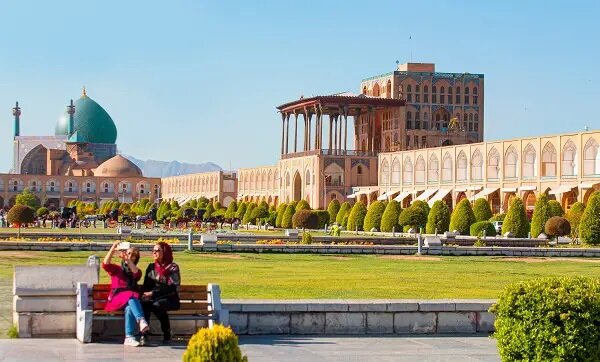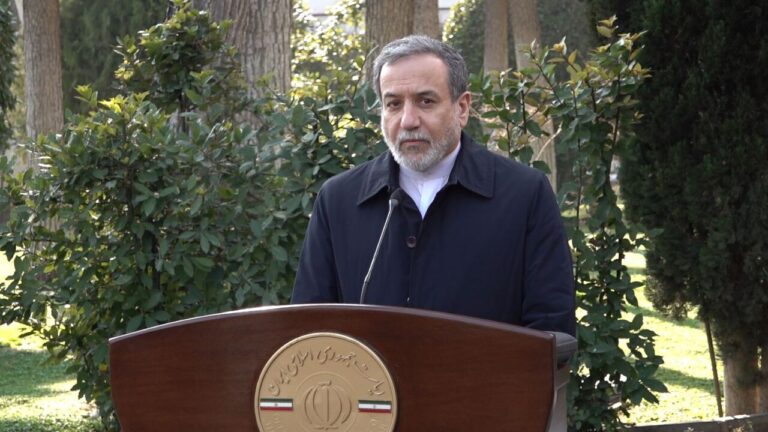Ancient Sassanid Architecture Unearthed in Urmia Mosque: A Glimpse into Iran’s Rich Heritage
Recent archaeological excavations at the Jameh Mosque of Urmia in West Azarbaijan province have uncovered significant remnants of Sassanid architecture, sparking interest in the region’s rich historical heritage. The provincial tourism chief, Morteza Safari, announced that the West Azarbaijan Cultural Heritage Department, in collaboration with the Research Institute of Cultural Heritage, is committed to further excavations at this ancient site.
The Jameh Mosque is recognized as one of the oldest mosques in the Azarbaijan region, and it has undergone renovations throughout various historical periods. Safari emphasized that Iran is a nation steeped in civilization, featuring numerous monuments and sites of great value. West Azarbaijan, in particular, is home to a wealth of historical treasures.
- Approximately 1,400 historical hills and sites are located in West Azarbaijan.
- A total of 1,835 historical monuments have been registered on the national heritage list.
- Five monuments from the region have been recognized on UNESCO’s World Heritage List.
Safari elaborated on the significance of recent excavations at Qalaichi (or Ghalay-chi) hill and the Chaparabad dam. He explained, “Since the historical site of Qalaichi was being drained due to the construction of the Chaparabad Dam and was going underwater forever, we conducted serious studies and excavations in this area, which led to valuable results and finding prehistoric settlements.”
In addition to archaeological work, the West Azarbaijan Cultural Heritage Department implemented 30 renovation projects during the last Iranian year. Significant advancements were made in cultural heritage preservation and tourism infrastructure, funded by national and provincial credits amounting to 1,300 billion rials ($1.4 million).
Safari mentioned that there are currently 200 dossiers awaiting registration, which reflects the ongoing efforts to protect and preserve the region’s heritage. He highlighted the acquisition and restoration of several historical monuments in West Azarbaijan, many of which were previously under the jurisdiction of other government bodies, such as the Education Ministry.
Among the notable projects mentioned by Safari is the transformation of the 22nd Bahman School, located in Urmia’s Imam Square. With an area of 4,000 square meters and a built-up area of 2,400 square meters across three floors, this historical building has now been repurposed as Urmia’s museum.
Additionally, the Hedayat ancient school has been renovated and converted into the House of Handicrafts, showcasing local artistry and craftsmanship. Another significant site, the Ansari Historical House, dating back to the Qajar era, has also been acquired from the Ministry of Education. The first phase of its renovation has been completed, and plans for the second phase are underway this year.
Furthermore, Maku’s estate building, a historical monument from the late Qajar era, has been entrusted to the West Azarbaijan Cultural Heritage Department. These efforts are part of a broader initiative to preserve the region’s historical identity.
Despite the presence of approximately 1,400 hills and ancient sites, the protection of these monuments is challenging. Safari noted that there are currently only 50 staff members dedicated to safeguarding these historical treasures, an insufficient number to adequately manage the vast heritage of the region. He urged the local community to engage in the preservation of their cultural sites, emphasizing the importance of collective responsibility in maintaining West Azarbaijan’s rich history.
In conclusion, the discoveries in Urmia and the ongoing initiatives by the West Azarbaijan Cultural Heritage Department highlight the region’s significant archaeological and historical value. The commitment to preserving these sites not only honors the past but also enhances the potential for cultural tourism in the area, enabling future generations to connect with their heritage.
